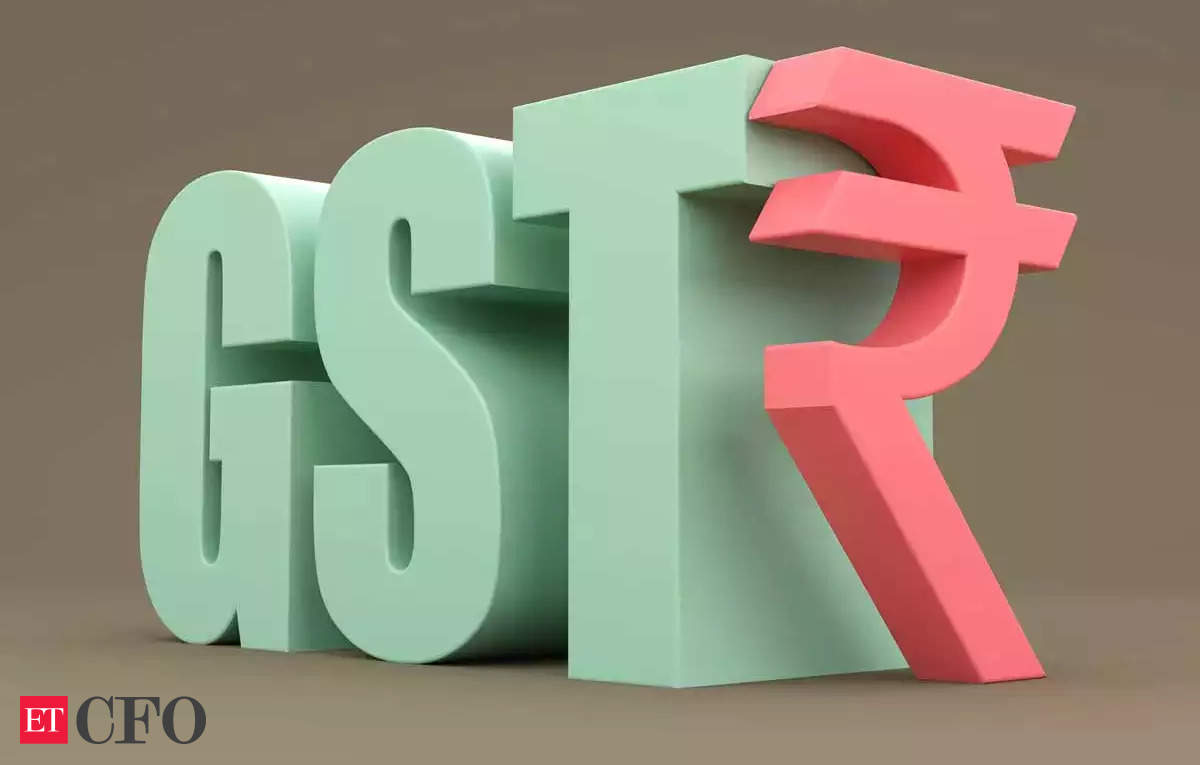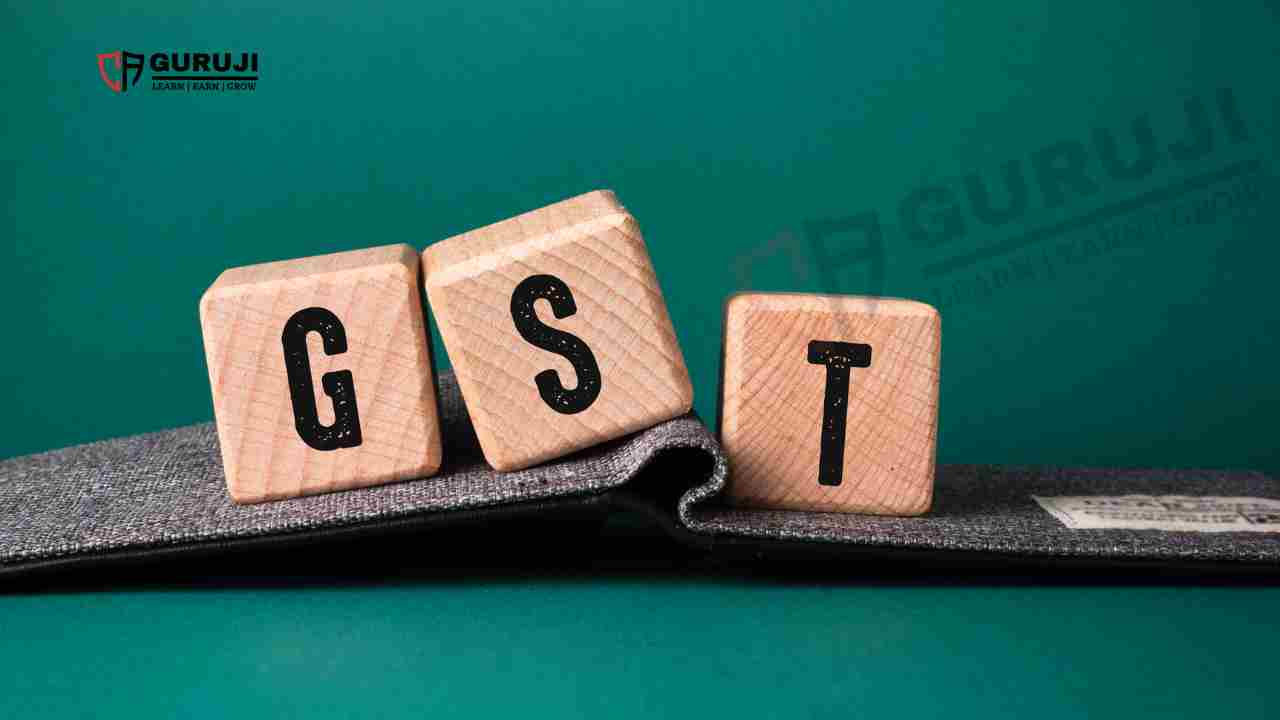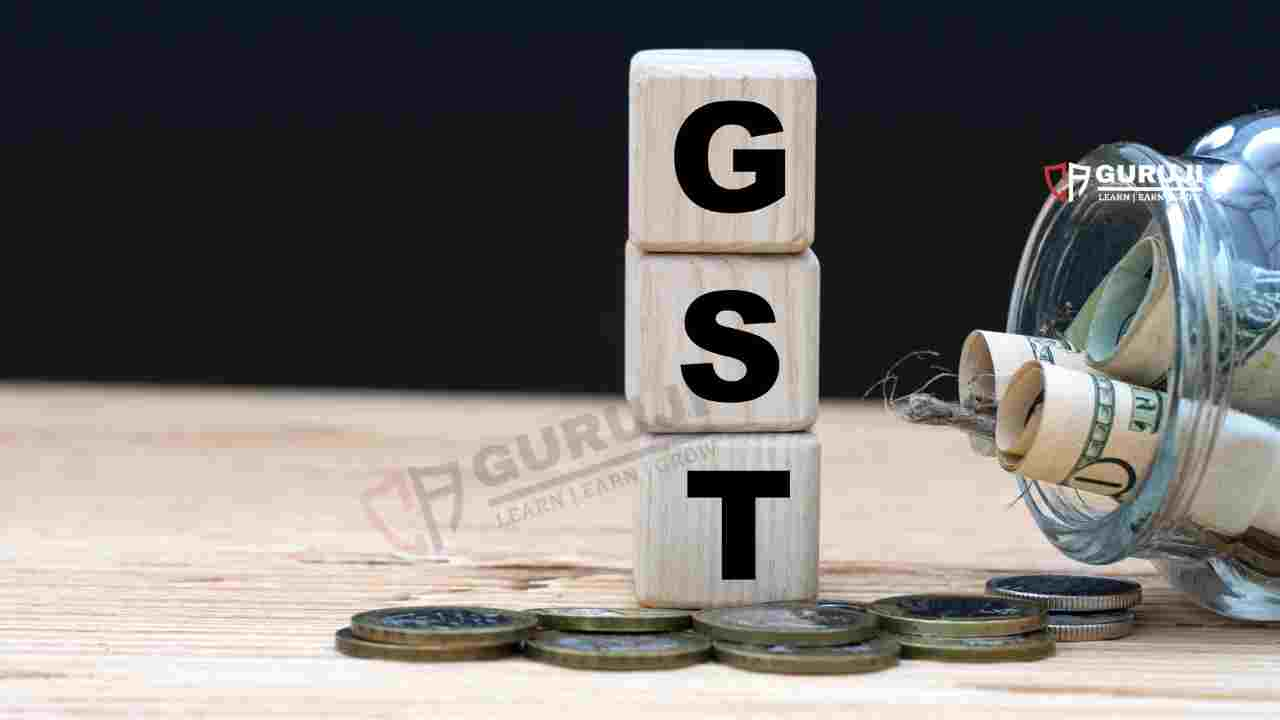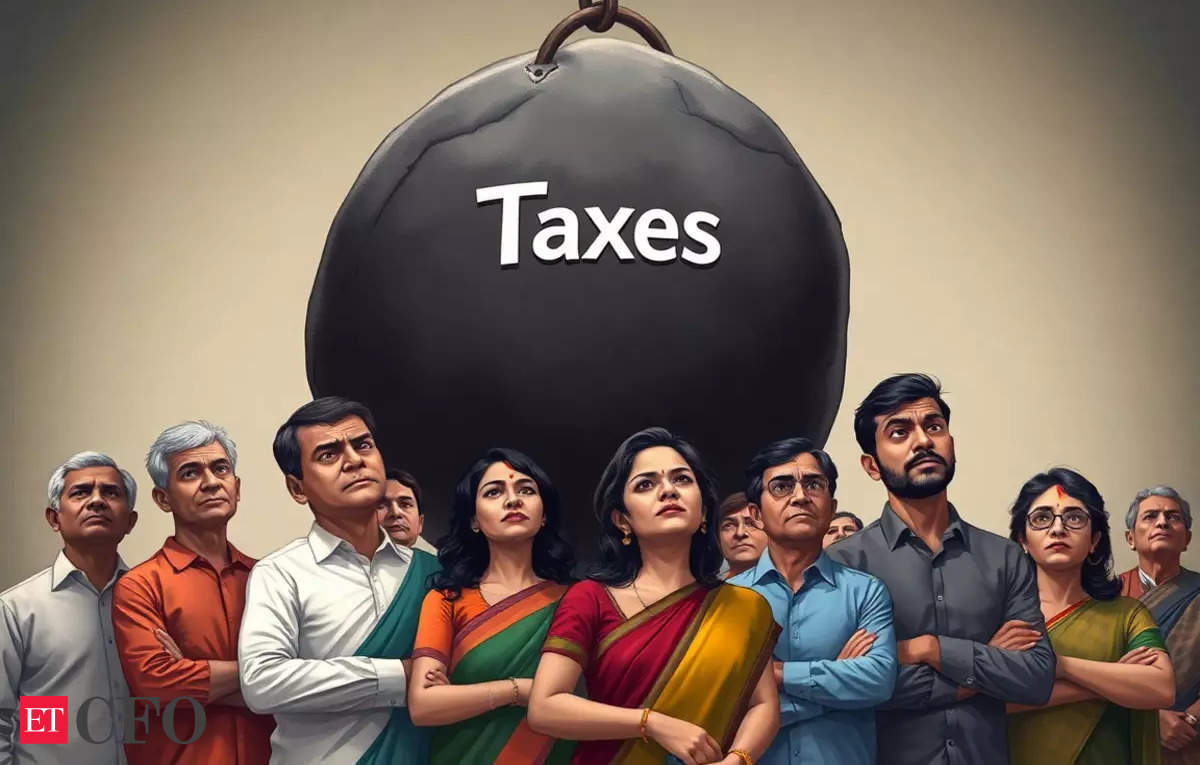The Goods and Services Tax (GST) Council is poised to revise the composition of the group of ministers (GoM) on rate rationalisation at its upcoming meeting, which is expected to take place before the full Budget presentation next month. This change comes as the Council prepares to finalize a comprehensive report on the rationalisation of the GST regime, following up on an interim report submitted in June 2022.
Assessing State Progress on Online Gaming Taxation
The GST Council, an influential body chaired by Finance Minister Nirmala Sitharaman, is also set to review the progress made by states in implementing legislative changes for taxing online gaming. The Council had previously agreed to impose a 28% GST on the full face value for online money gaming, casinos, and horseracing. This review is critical as the six-month window for states to enact these changes concluded on March 30, 2024.
Changes in the Group of Ministers on Rate Rationalisation
The current GoM on rate rationalisation is headed by Uttar Pradesh Finance Minister Suresh Khanna and includes finance ministers from Goa, Kerala, Karnataka, West Bengal, Rajasthan, and Bihar. Initially formed in 2021 to address rate rationalisation and the inverted duty structure, the group underwent a reconstitution in November last year when its previous head, Basavaraj S Bommai, lost the Karnataka Assembly elections. The need for another revision arises as Vijay Kumar Chaudhary is no longer the finance minister of Bihar.
Fitment Committee’s Fresh Exercise on Rate Rationalisation
Meanwhile, the fitment committee under the GST Council, which includes officials from both Central and state governments, has restarted the rate rationalisation process. They are examining the possibility of eliminating certain rates, particularly the 12% slab, to move towards a revenue-neutral structure. A senior official with direct knowledge of the matter indicated that the GST regime might undergo significant changes in the current financial year (FY25), potentially shifting from the existing four-slab structure to a three-slab system.
Current and Proposed GST Rate Structures
Presently, the GST rates are divided into four main slabs: 5%, 12%, 18%, and 28%. The GoM on rate rationalisation is expected to provide its recommendations and submit a final report within the next three to four months. This effort aims to streamline the tax structure and address anomalies that have been identified since the GST’s implementation.
Conclusion
The upcoming GST Council meeting is pivotal as it not only reassesses the composition of the GoM on rate rationalisation but also reviews the progress of states in implementing critical taxation changes for online gaming. With potential significant changes in the GST rate structure on the horizon, stakeholders are keenly watching these developments, which could lead to a more simplified and efficient tax regime.
Visit www.cagurujiclasses.com for practical courses











